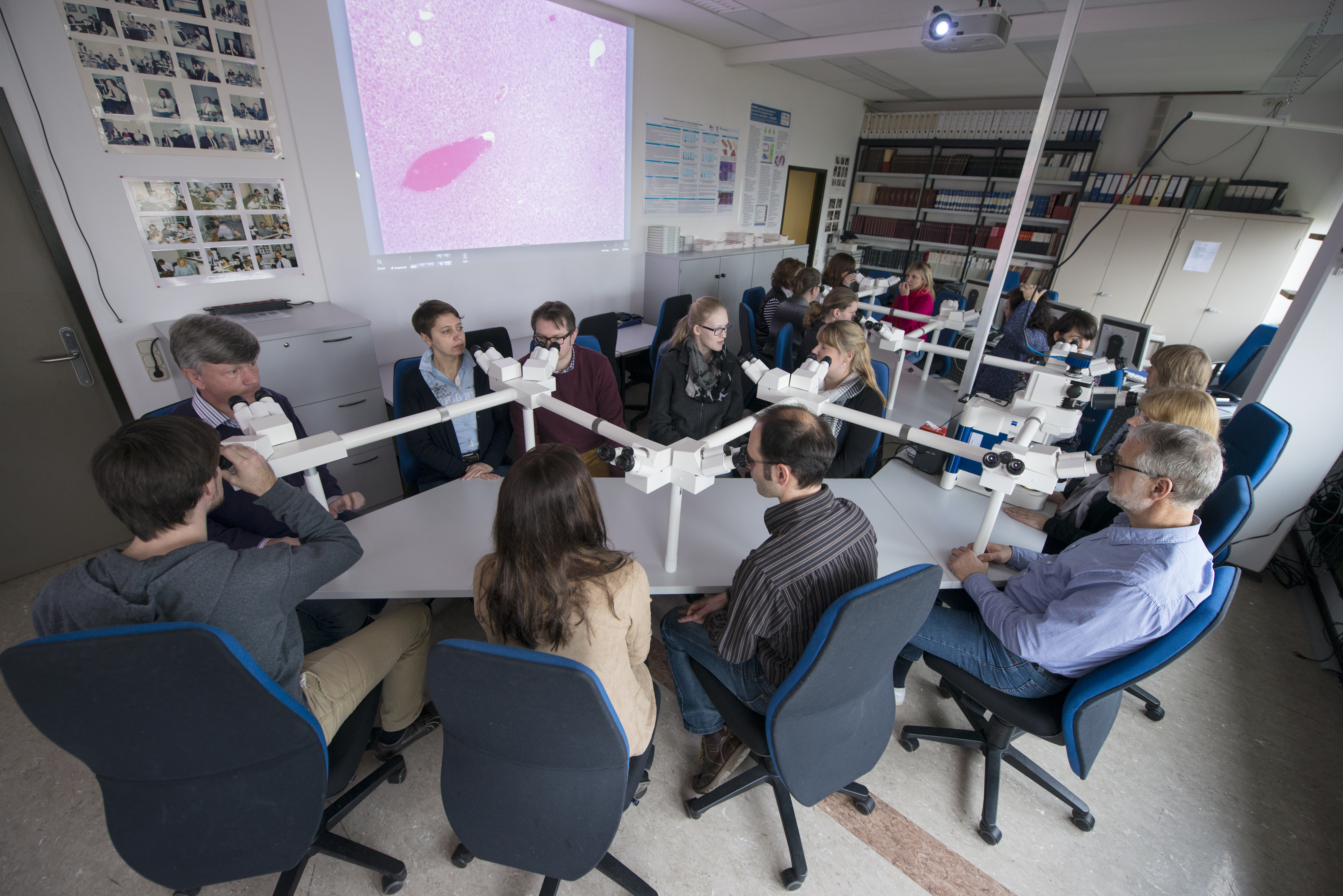
In 1988, the Fraunhofer institute in Hannover (then called Fraunhofer ITA) created a database for assessing spontaneously arising proliferative changes during long-term studies on rodents and launched the project in collaboration with pharmaceutical and chemical companies. From then until the present day, 345 studies comprising more than 125,000 individual findings from control animals have been reviewed by Fraunhofer pathologists and entered in the RITA database (Registry of Industrial Toxicology Animal-data).
A key foundational element of this database was the collective development of a standardized nomenclature for histopathological findings and the definition of unambiguous diagnostic criteria. These were published under the auspices of the International Agency for Research on Cancer (IARC) and the World Health Organization (WHO), and a digital version of them was made available to RITA members under the title of RENI (REgistry Nomenclature Information system). In 2007, this information system was made available in a more open format, namely goRENI (global open RENI), which enabled a global initiative to revise the findings, lasting until 2019, and led to the absorption of this standardized nomenclature into the FDA’s SEND format (Standard for Exchange of Nonclinical Data).
Best practices have been maintained in data validation over the years by ensuring that only pathologists with many years of experience perform the initial review of the findings and then discuss them with a large group of other pathologists if necessary. Great advances have been made in terms of developing digital resources for supporting these processes. These resources cover all forms of data transfer, along with the digitization of tissue sections and voting tools that facilitate online discussions.
 Fraunhofer Institute for Toxicology and Experimental Medicine
Fraunhofer Institute for Toxicology and Experimental Medicine
